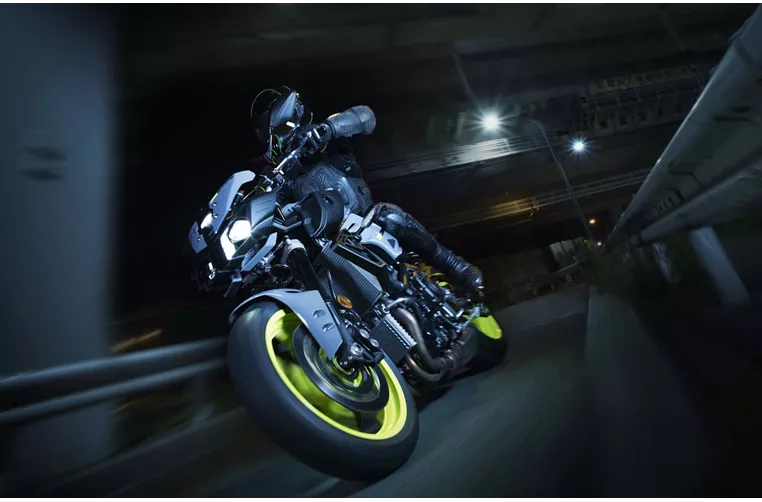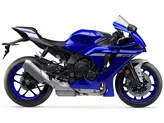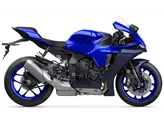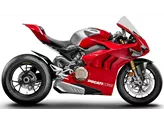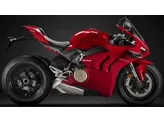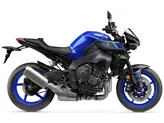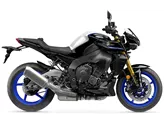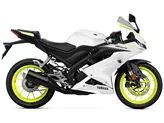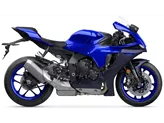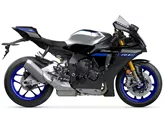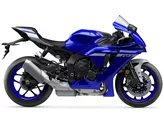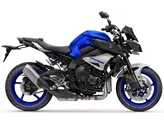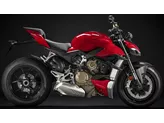Yamaha MT-10 2016 vs. Yamaha R1 2016
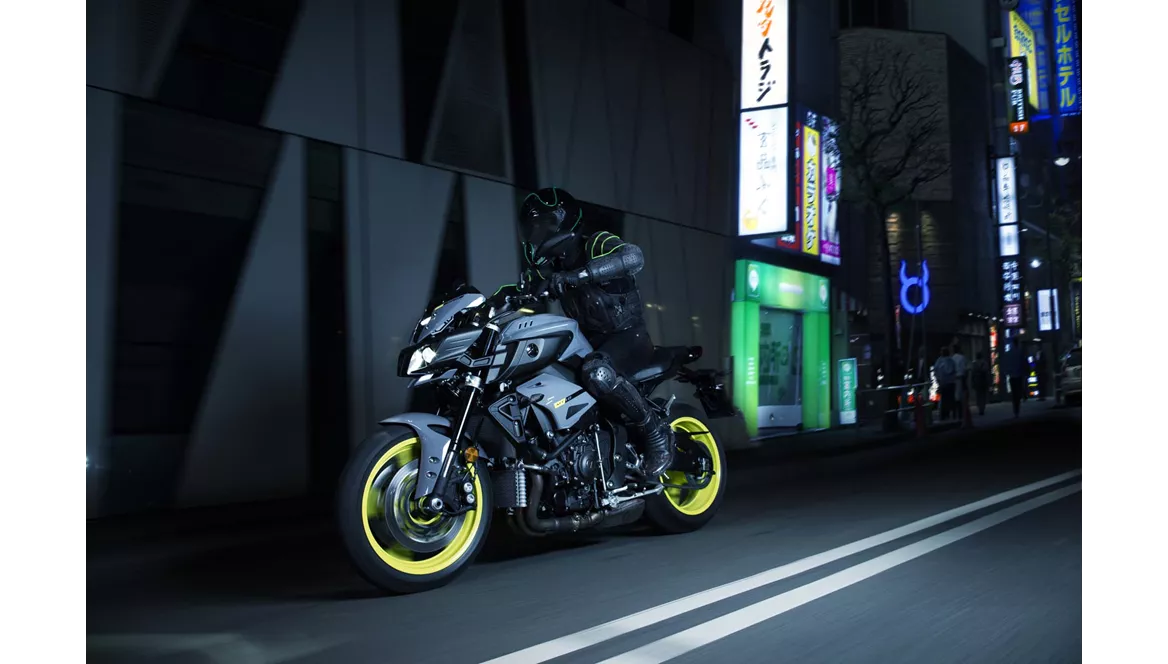
Yamaha MT-10 2016

Yamaha R1 2016
Vue d’ensemble - Yamaha MT-10 2016 vs Yamaha R1 2016
The Yamaha MT-10 and Yamaha R1, both released in 2016, are two distinct motorcycles with their own unique features and strengths.
Starting with the technical specifications, both bikes share the same bore and stroke measurements of 79 mm and 50.9 mm respectively. They also have the same engine displacement of 998 ccm and feature liquid cooling systems. The MT-10 has a slightly lower engine power of 160 HP compared to the R1's 200 HP. However, the torque output of the MT-10 is 111 Nm, while the R1 boasts 112.4 Nm. The compression ratio of the MT-10 is 12, while the R1 has a slightly higher compression ratio of 13. Both bikes have four cylinders and four valves per cylinder, with DOHC valve systems.
In terms of suspension, both the MT-10 and R1 feature Upside-Down telescopic forks in the front. The chassis of both bikes is made of aluminum and follows the Deltabox frame type. The front brakes on both models are double disk types.
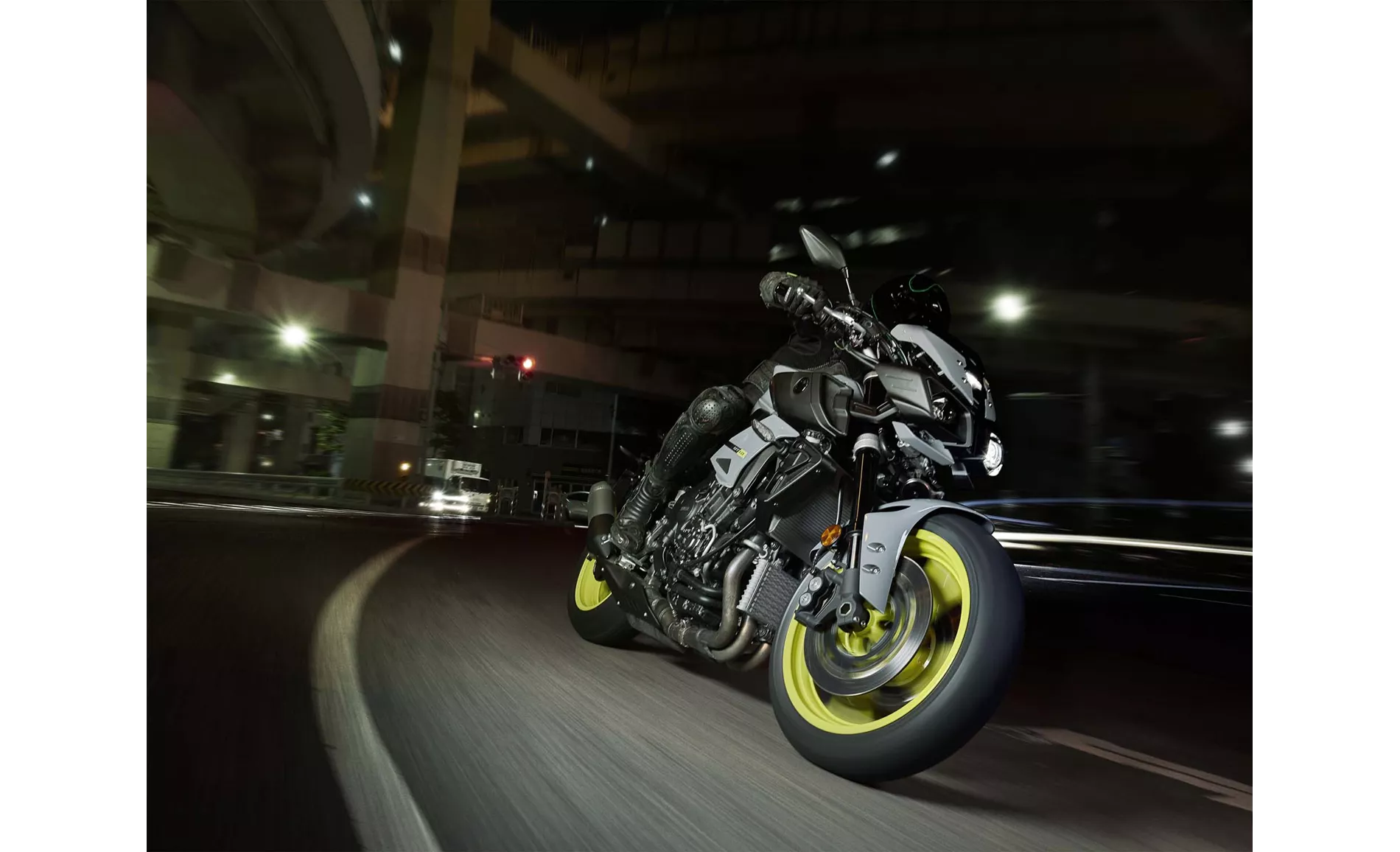
Yamaha MT-10 2016
When it comes to advanced rider assistance systems, both bikes are equipped with ABS and traction control. However, the R1 has an additional feature called launch control, which aids in achieving optimal acceleration from a standing start.
In terms of dimensions and weights, the front and rear tire widths and diameters are the same for both bikes, with 120 mm and 17 inches respectively. The wheelbase of the R1 is slightly longer at 1405 mm compared to the MT-10's 1400 mm. The seat height of the R1 is also higher at 855 mm, while the MT-10 has a seat height of 825 mm. The kerb weight of the R1 is 199 kg, which is lighter than the MT-10's 210 kg. Both bikes have a fuel tank capacity of 17 liters.
Moving on to the strengths of each bike, the MT-10 is praised for its CP4 engine, which provides a strong character and unmistakable sound. It is also highly agile and offers excellent high-speed stability. The MT-10 is equipped with strong brakes, ensuring reliable stopping power.

Yamaha R1 2016
On the other hand, the R1 is known for its lively handling and high-revving engine. The engine is also praised for being precisely controllable, allowing riders to have a greater level of control. The R1 comes with an excellent electronics package, further enhancing its performance.
However, both bikes have their weaknesses. The MT-10 is criticized for its poor comfort, limited wind protection, and hard fit, which may not be ideal for long rides. The R1's only weakness is that it only features a shift assistant for upshifting, lacking the convenience of a downshifting assistant.
In conclusion, the Yamaha MT-10 and Yamaha R1, both from 2016, have their own unique strengths and weaknesses. The MT-10 excels in terms of its strong character, agility, stability, and braking power. On the other hand, the R1 offers lively handling, a high-revving engine, and an excellent electronics package. Riders should consider their preferences and riding style to choose the bike that best suits their needs.
Caractéristiques techniques Yamaha MT-10 2016 par rapport à Yamaha R1 2016
Avantages et inconvénients en comparaison
Avantages et inconvénients en comparaison
Yamaha MT-10 2016
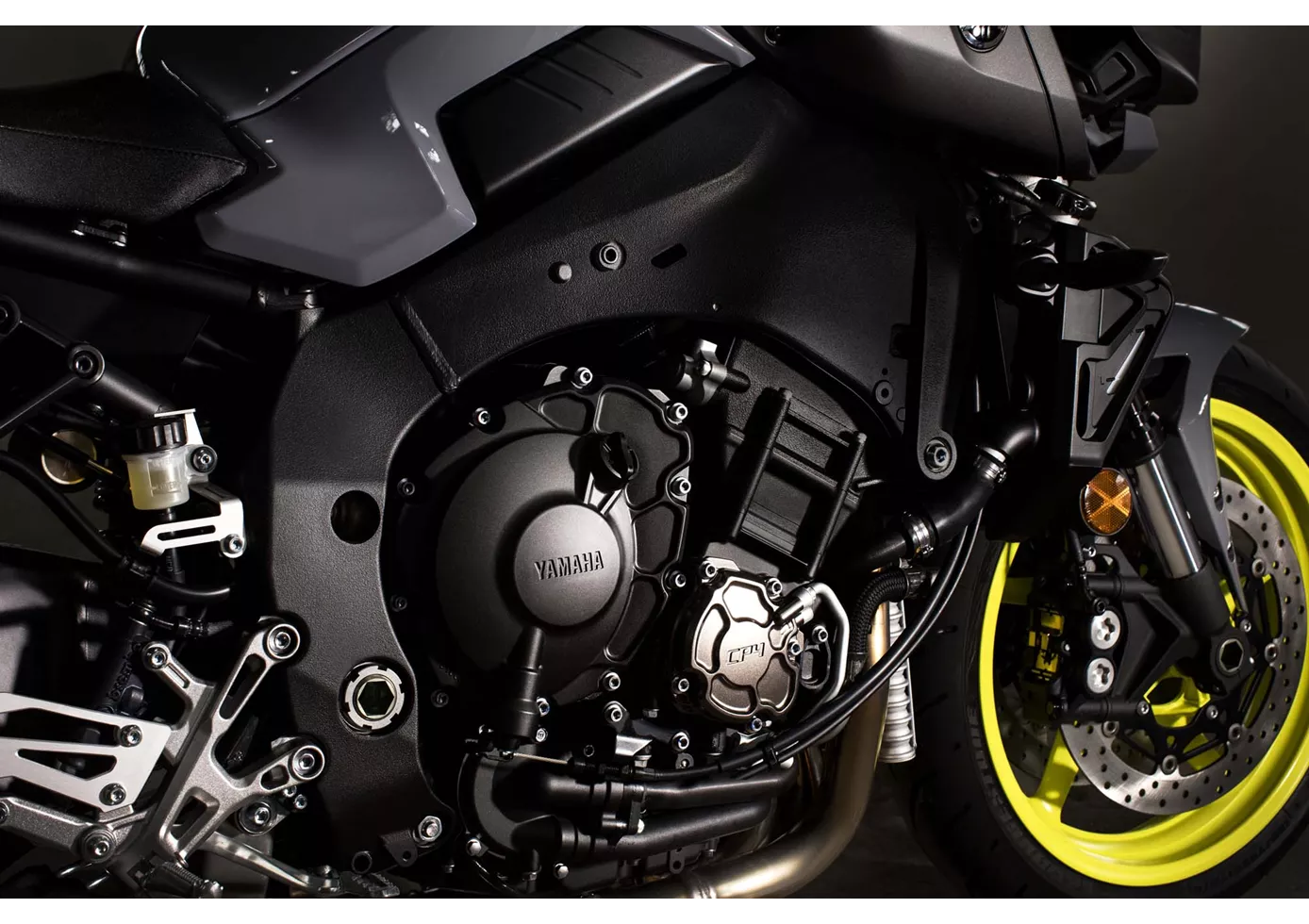
La MT-10, courte et trapue, est la plus éloignée de la superbike R1, tant au niveau de l'esthétique que du châssis, mais le cœur de la MT-10 est directement issu de l'arme de la piste de course et fascine par sa sonorité brute unique et sa force d'attaque par le bas grâce au décalage typique des tourillons qui, avec une séquence d'allumage modifiée, lui confère ce caractère unique. Les 160 ch qui en résultent ne semblent donc que sur le papier un peu faibles par rapport aux plus de 200 ch de la R1, mais en réalité, la MT-10 déclenche elle aussi un feu d'artifice incroyable. Le châssis serait probablement trop souple pour la piste de course, mais il est tout à fait adapté à un combat sur route et le freinage fait de même - acceptable pour la piste, mais parfait pour la route.
Yamaha R1 2016

La fusée high-tech de Yamaha est toujours à la pointe de la technologie en 2016. Radicale, polarisante et fascinante, elle réalise de puissants temps au tour. Elle est plus proche des motos de course que les autres 1000. Entre-temps, personne ne se plaint de l'avant. Sans "M", elle est le meilleur choix pour ceux qui n'ont de toute façon pas besoin d'Öhlins ou le meilleur choix pour ceux qui prévoient de toute façon une transformation sur circuit et qui aiment monter du matériel Öhlins "normal", sans truc électrique.
Comparaison des prix Prix moyen du marché Yamaha MT-10 vs Yamaha R1
There are a few key differences between a Yamaha MT-10 2016 and a Yamaha R1 2016. In terms of price, the actual average price of a Yamaha R1 2016 is about 60% higher. A Yamaha MT-10 2016 experiences a loss of 800 USD in one year and 1,840 USD in two years of ownership. This is offset by a loss of 670 USD and 590 USD for a Yamaha R1 2016. Compared to Yamaha R1 2016 there are more Yamaha MT-10 2016 bikes available on the 1000PS.de Marketplace, specifically 7 compared to 6. It takes less time to sell a Yamaha R1 with 73 days compared to 97 days for the Yamaha MT-10. Since model year 2016 1000PS.de editors have written 32 reviews for the Yamaha MT-10 and 80 reviews for the Yamaha R1 since model year 2005. The first review for the Yamaha MT-10 was published on 11/17/2015 and now has more than 20,700 views. This compares to more than 3,900 views for the first review on Yamaha R1 published on 4/28/2003.
